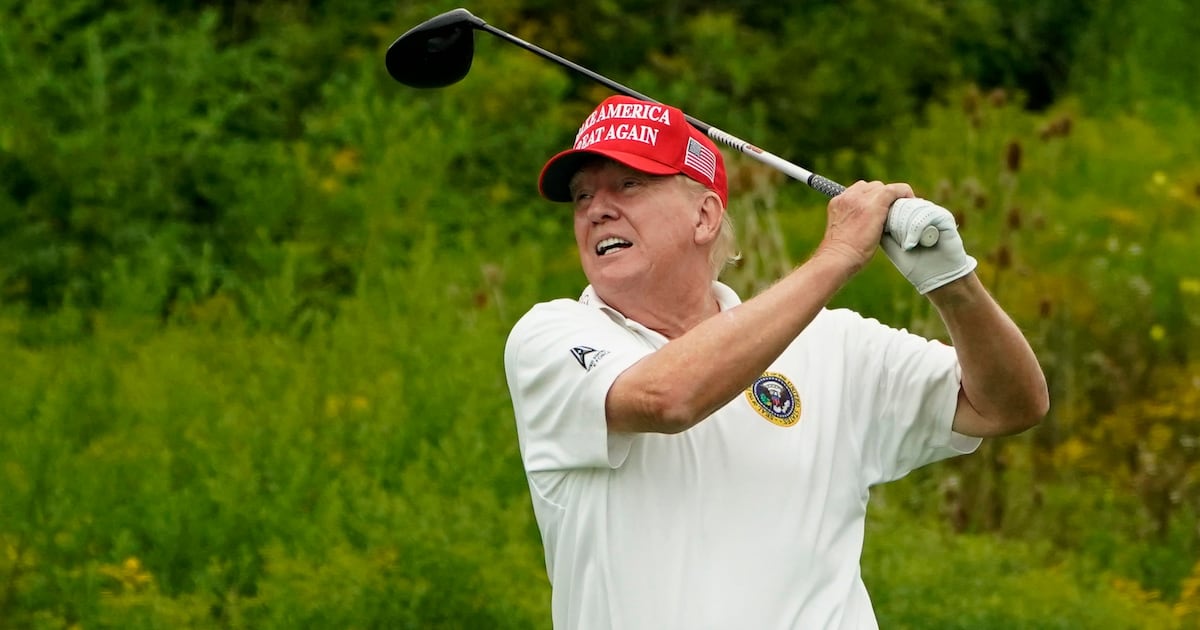Nothing makes a louder statement in the secretive, sophisticated, elite world of art than dropping close to $300 million on a single painting. The Qatar Museums Authority has not yet confirmed the New York Times report that it paid the astounding amount on Paul Gauguin’s 1892 Nafea Faa Ipoipo (When Will You Marry?), but the chatter is exactly what the oil-rich country desires.
Such a purchase would be the kind of heavy hit that Qatar has relied on in recent years to turn heads in the global community of fine arts. The message it conveys is clear: Move over, London, Paris, New York because Qatar is the new you.
Tongues were already wagging when it was reported that the Qatar Museums Authority dropped over $250 million for Paul Cézanne’s “The Card Players.”
The 2011 purchase was more than double the previous auction record-setters for a work of art, and the details of it were not revealed until 2012 when members of the art world elite were headed to the country for a Takashi Murakami exhibit in Doha. The timing made it clear that Qatar welcomed – and wanted – the newest, trendiest art world baubles as well as the classic, coveted markers of prestige.
And it certainly could afford them: the Qatar Museums Authority (which is state-run and specifically headed by Sheikha Mayassa Al Thani, the daughter of the emir of Qatar) reportedly dropped $1 billion on art commissions and purchases in 2013 alone.
However, for the Qatari royal family, a couple of hundred millions here and there may be a small price to pay to rapidly recast your country as an international cultural center – especially when you need people to get the massive oppression of migrant workers and vast gaps between the nation’s wealthy and poor.
Developing art collections that could blow the Metropolitan Museum of Art and the Louvre out of the water may be Qatar’s best bet for drawing in foreigners who would otherwise be repulsed by an absolutely monarchy with a well-documented record of exploitation and abuse of workers.
As these matters come under further scrutiny with the impending 2022 World Cup, a burgeoning art collection that will appeal to Western minds may be the perfect attraction, or more accurately, distraction.
Qatar has been quite open about its artistic ambitions. From 2009 to 2012, the country began hosting Doha Tribeca Film Festival in conjunction with the famous Tribeca Film Festival. British artist Damien Hirst was commissioned for a reported $20 million to open his “The Miraculous Journey” exhibit of 14 massive bronze sculptures in Doha tracing development from conception to an anatomically correct boy.
Qatar’s royal family have also netted former Christie’s executives, such as Guy Bennett and Edward Dolman (who resigned from his role as executive director of the Qatar Museums Authority in 2014), to guide their purchases, though the family has its own art aficionado who can hold her own.

Sheikha Mayassa, the Duke University-educated royal, has carefully cultivated her country’s art holdings. In the process, she has become one of, if not the, most prominent players in the rarefied world of art collections.
She has professed the country’s development of museums and art collections is part of embracing their Arab identity. “Our mission is not cultural integration and independence. We do not want to have what there is in the West. We don’t want their collections,” she professed in a TED Talk. However, the above-mentioned purchases suggest otherwise.
While Sheikha Mayassa claims her country’s art purchases are a way to assert Qatar’s identity on the world stage, the country does not have the best track record in supporting Middle Eastern artists. Lebanese artist Ninar Esber told the New York Times in 2012 that Qatar’s art museums make for an “empty golden shell” that “glitters from the outside, but from the inside, it is empty.”
Although the Qatar opened the Museum of Islamic Art in 2008 and Mathaf: Arab Museum of Modern Art in 2010, the recent attempts at creating a unique national or regional art identity ring false considering the country’s political and social actions.
Esber and others rightly pointed out that it is difficult, if not impossible, to truly support an art scene without support for freedom of speech and freedom of expression. “There is no freedom of expression in Qatar and yet there is so much to be disclosed about its problems and injustices,” a Bahraini artist told the New York Times in that same 2012 article.
That sentiment holds true in 2015 -- and no amount of multi-million dollar Gauguins or Cézannes will make those “problems and injustices” go away.





